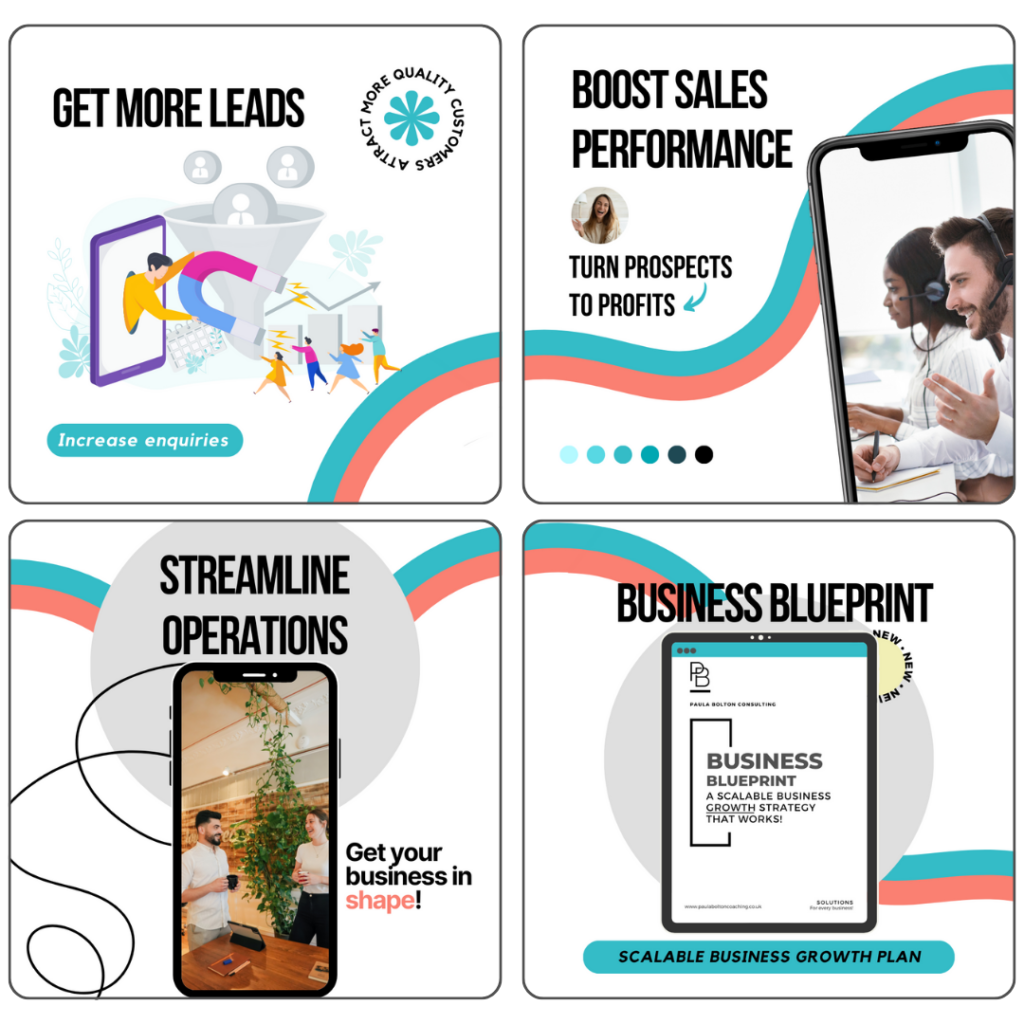Launching a start-up is exhilarating, but it’s not without risk. One of the biggest challenges entrepreneurs face is ensuring that your idea has a market, that people will pay for what you’re offering, and that your concept will stand out in a competitive landscape. Below we walk you through practical, strategic steps to identify and validate your start-up idea before you invest significant time and money into it.
Why validating your start-up idea is crucial
Before diving into the validation process, let’s discuss why it’s so crucial. Many start-ups fail not because the ideas are bad, but because they lack market fit. A brilliant idea with no audience is just that – an idea. The goal here is to transform your idea into something tangible that people are willing to pay for.
The statistics speak volumes. According to CB Insights, 42% of start-ups fail because there’s no market need for their product. That’s almost half of all start-ups. Imagine investing months or even years into a business only to discover no one actually wants what you’re selling. This is why idea validation isn’t just a step in the process; it’s a cornerstone of your future success.
Step 1: Clarify your value proposition
Before anything else, it’s crucial to clearly define your value proposition. When I launched my businesses, I was confident that there was a specific demand for each. My first venture was a ‘transparent events and entertainment agency.’ I recognised a strong demand for live entertainment, but I also saw the need for an agency that truly supported artists while setting clear expectations for clients to ensure the quality of the performances for both the artists and the audience. My second business was a credit management company, created to serve as an ‘outsourced credit control and debt collection partner’ for small businesses that didn’t have the time or expertise to manage these tasks on their own. The key takeaway is that you must be certain there’s a real need for what you’re offering.
- What problem does your start-up solve?
- Who are your ideal customers?
- Why should they choose you over competitors?
If you can’t answer these questions succinctly and convincingly, you’re not ready to move forward.
Your value proposition should be specific and customer-focused. It’s not about what you think is cool or ‘ground-breaking’; it’s about how your product or service improves the lives of your customers. Use this as your foundation as you proceed to test your idea.
Step 2: Conduct preliminary market research
Now that you have a clear value proposition, it’s time to validate it with real-world data, not just ‘friends and family’.
Start by conducting thorough market research to ensure there’s a demand for your product or service. Look at trends in your industry, understand the competitive landscape, and identify your target demographic.
Tools like Google Trends, Statista, and even basic keyword research can offer insights. For example, Google Trends can show you whether interest in a particular solution is growing or waning. Statista can provide you with industry reports that highlight emerging trends and gaps in the market.
You might also want to explore social media platforms to see how people are talking about similar ideas. Use Twitter, LinkedIn, and even niche forums to gather qualitative data on your potential market.
Step 3: Build a simple MVP (minimum viable product)
Before you build out your full product, consider creating a Minimum Viable Product (MVP). An MVP is a basic version of your product that includes only the most essential features. The idea is to launch quickly, get feedback, and iterate based on that feedback.
For instance, if you’re launching a software product, your MVP could be a simple version of the app that solves just one core problem. If you’re offering a service, your MVP could be a basic package at a reduced price to gauge interest and gather testimonials.
Using platforms like Leadpages (a tool that allows you to create landing pages and simple websites) can be invaluable here. Create a landing page that outlines your product’s key benefits, collect email signups, and see how many people are interested in your MVP.
Creating a landing page to outline your product’s key benefits and collect email signups is a proven strategy that has been used by some of the most successful entrepreneurs to gauge interest in their ideas before fully launching. For instance, Elon Musk is a master of this technique. Before launching Tesla’s Model 3, Musk didn’t just rely on traditional market research – he created a simple pre-order landing page where customers could reserve the car with a small deposit. This not only validated the demand for the Model 3 but also generated significant cash flow before the product even hit the market. Over 400,000 reservations were made, providing Musk with undeniable proof of concept.
Similarly, Daniel Priestley, a renowned entrepreneur and author, advocates for this approach in his methodology. When launching a new product or service, Priestley often recommends creating a compelling landing page that clearly communicates the value proposition. He encourages entrepreneurs to drive traffic to the page through social media, email marketing, and even paid ads to measure interest. If people are willing to sign up for more information or pre-order a product, it’s a strong indicator that the idea has legs. This method allows entrepreneurs to test their ideas with minimal risk and adapt based on real-world feedback before making significant investments.
Step 4: Use ScoreApp to test and engage
ScoreApp is a game-changer for start-up validation. It’s a tool that allows you to create interactive quizzes, surveys, and scorecards that engage your audience while collecting valuable data. The beauty of ScoreApp lies in its ability to help you understand your customers’ needs and preferences before you fully launch your product.
Here’s how to use ScoreApp effectively:
Create a Scorecard or quiz: Develop a quiz that aligns with your value proposition. For instance, if your start-up idea is a productivity tool, your quiz could be something like, “How Productive Are You Really?” This engages users and subtly introduces them to your product concept.
Analyse the data: Use the data collected from the quiz to refine your idea. Pay attention to the pain points your audience highlights, the features they find most appealing, and any common objections they might have.
Engage with participants: Follow up with participants to gather more qualitative feedback. Ask them what they thought of the quiz, whether they would be interested in a solution like yours, and what they would like to see improved.
By using ScoreApp, you’re not only validating your idea but also cultivating an engaged audience that can later be converted into paying customers.
With a waiting list full of subscribers, you gain powerful leverage to convince investors or funders to back your product, as it demonstrates clear and genuine interest in what you’re offering.
Step 5: Leverage Social Media Marketing and Ads
Social media is one of the most cost-effective ways to validate your start-up idea. Platforms like Facebook, Instagram, and LinkedIn offer sophisticated ad targeting that allows you to test your idea with a very specific audience.
Here’s how to do it:
Create targeted ads: Develop ads that highlight the problem your product solves and direct users to a landing page or a ScoreApp quiz. Ensure your ad copy is clear, compelling, and customer-focused.
Run A/B tests: Test different versions of your ads to see which messaging, visuals, and call-to-actions resonate the most with your audience. Use the data from these tests to refine your overall marketing strategy.
Monitor engagement: Pay close attention to how people are interacting with your ads. Are they clicking through? Are they signing up for more information? Engagement metrics like click-through rates (CTR) and conversion rates can provide valuable insights into the viability of your idea.
Utilise polls and surveys: Social media platforms like Instagram and Twitter offer built-in polling features. Use these to ask your audience directly what they think of your idea. This not only provides you with direct feedback but also increases engagement with your brand.
Step 6: Don’t fear idea theft
A common concern among entrepreneurs is the fear that someone will steal their idea – I used to share this fear myself. But here’s the truth….no one ever copied my ideas. In fact, my companies often became the trendsetters in their industries. This is actually a strong indicator that you’re on the right track!
This fear is largely unfounded. Here’s why:
Execution trumps ideas: Ideas are abundant; it’s the execution that counts. Even if someone has a similar idea, your unique approach, brand, and execution will set you apart. Remember, Google wasn’t the first search engine, and Facebook wasn’t the first social network.
Speed and agility: In the start-up world, speed is your best ally. By the time someone else tries to copy your idea, you could be several steps ahead. Focus on refining and improving your product rather than worrying about competition.
Building a brand: Your brand is what truly differentiates you from competitors. Focus on building a strong, loyal customer base rather than worrying about who else might be working on something similar.
Legal protections: If your idea is particularly novel, consider protecting it through patents or trademarks. However, these should be seen as part of a broader strategy rather than a primary concern in the early stages.
Step 7: Engage with early adopters and get feedback
Once you’ve validated your idea through the steps above, it’s time to engage with early adopters. These are the people who are most likely to be interested in your product, (or service) and provide valuable feedback.
Build a community: Create a Facebook group, Slack channel, or email newsletter where early adopters can gather, share experiences, and provide feedback.
Offer exclusive access: Give your early adopters exclusive access to your MVP or beta version. In return, ask for detailed feedback on their experience.
Iterate based on feedback: Use the feedback from your early adopters to make necessary adjustments to your product. This could involve tweaking features, improving usability, or even pivoting if necessary.
Build loyalty: By involving your early adopters in the development process, you’re not only improving your product but also building a loyal customer base that feels invested in your success.
Validate, iterate, launch!
Identifying and validating your start-up idea is not a one-time event but an ongoing process. It requires a blend of market research, testing, feedback, and continuous iteration. The goal is to refine your idea until you’re confident there’s a market for it and that your product or service will truly resonate with your target audience.
Remember, the journey from idea to successful business is rarely straightforward. It involves risk, uncertainty, and a lot of hard work – but let me tell you it’s worth it!
By taking the time to validate your idea before you launch, you’re setting yourself up for success.
Ready to take your idea to the next level? Whether you’re at the beginning of your entrepreneurial journey or looking to scale your existing business, personalised 1-2-1 coaching with Paula Bolton can provide the support and guidance you need. We can help you overcome challenges, stay motivated, and turn your start-up idea into a thriving business.








